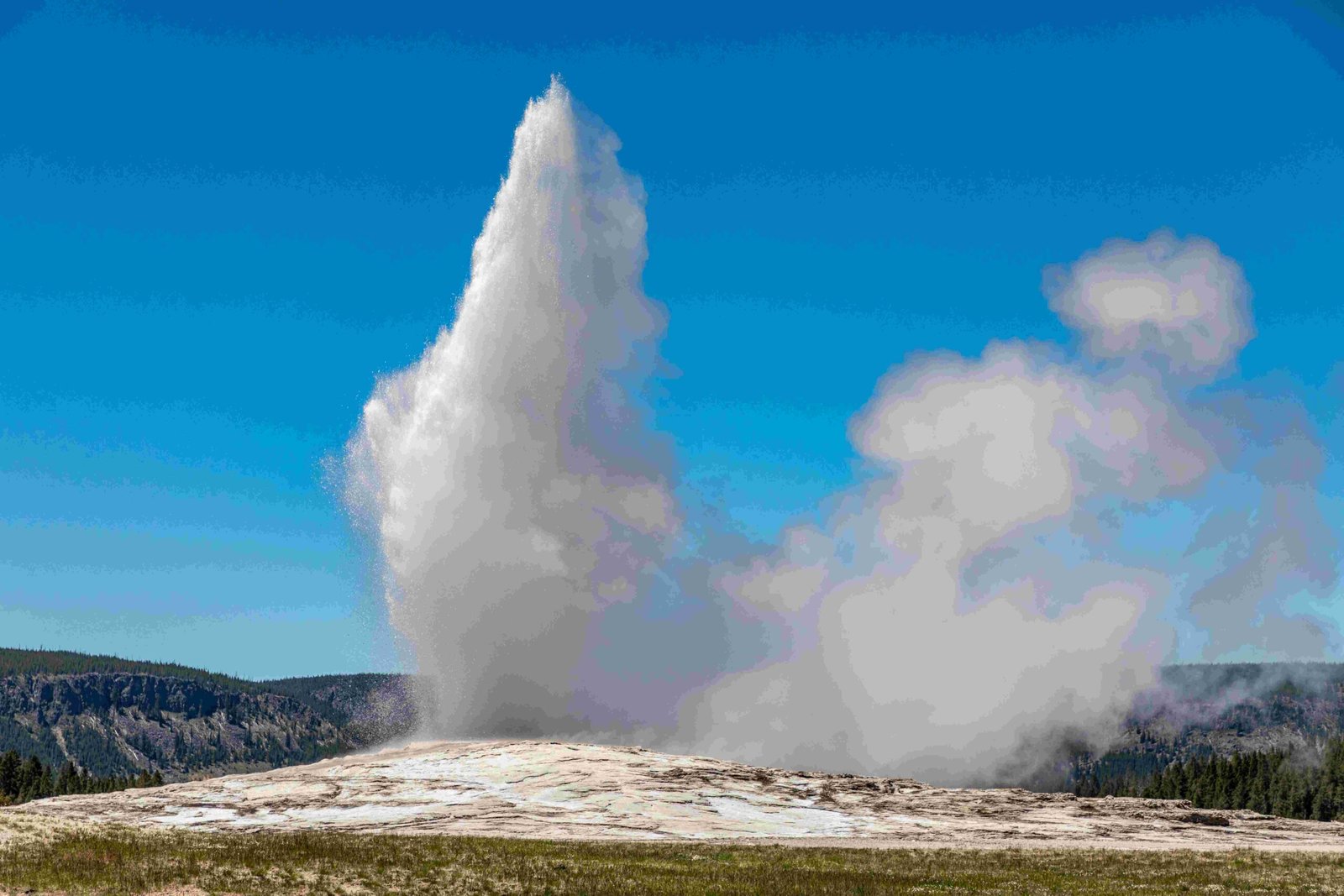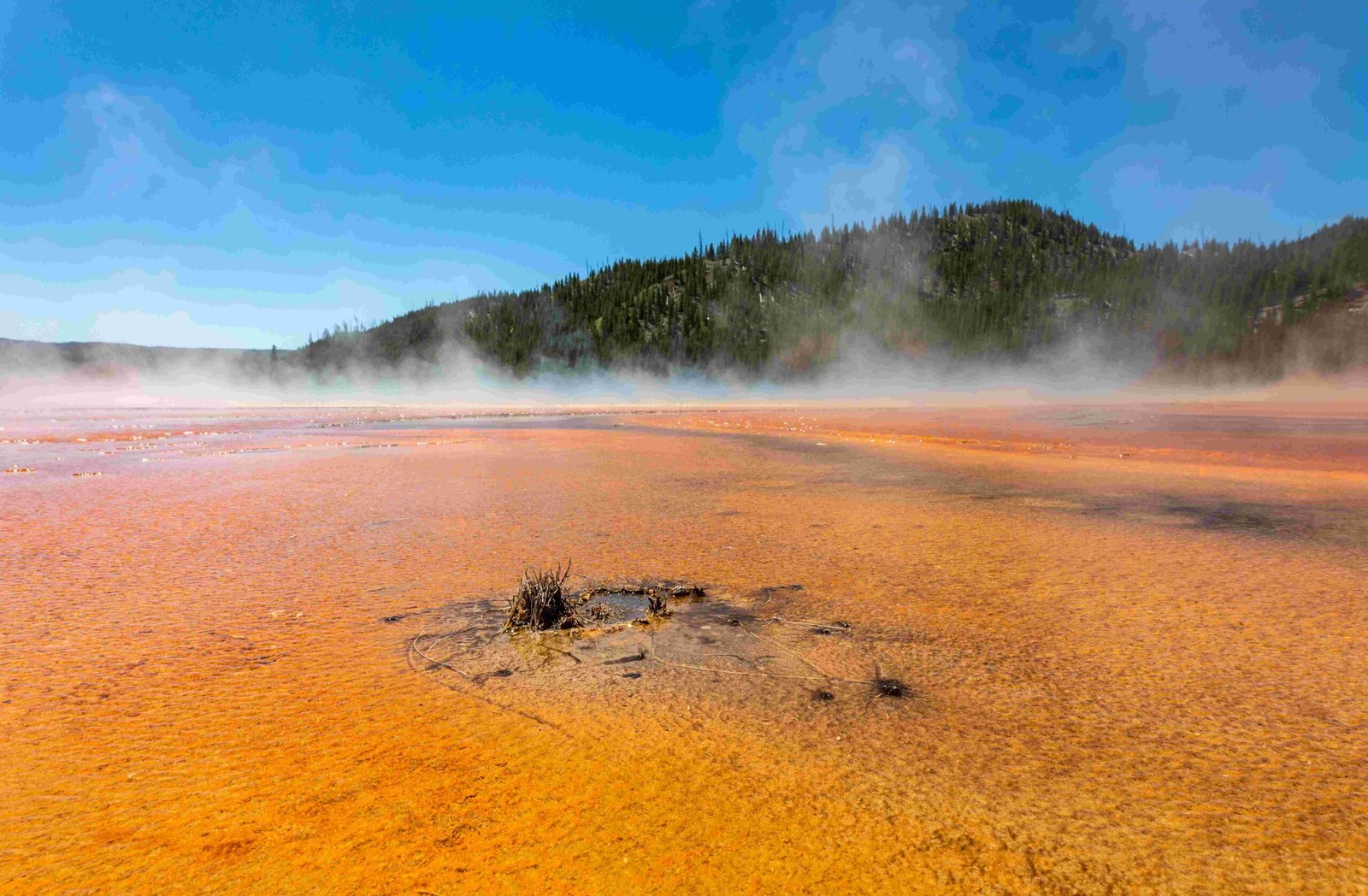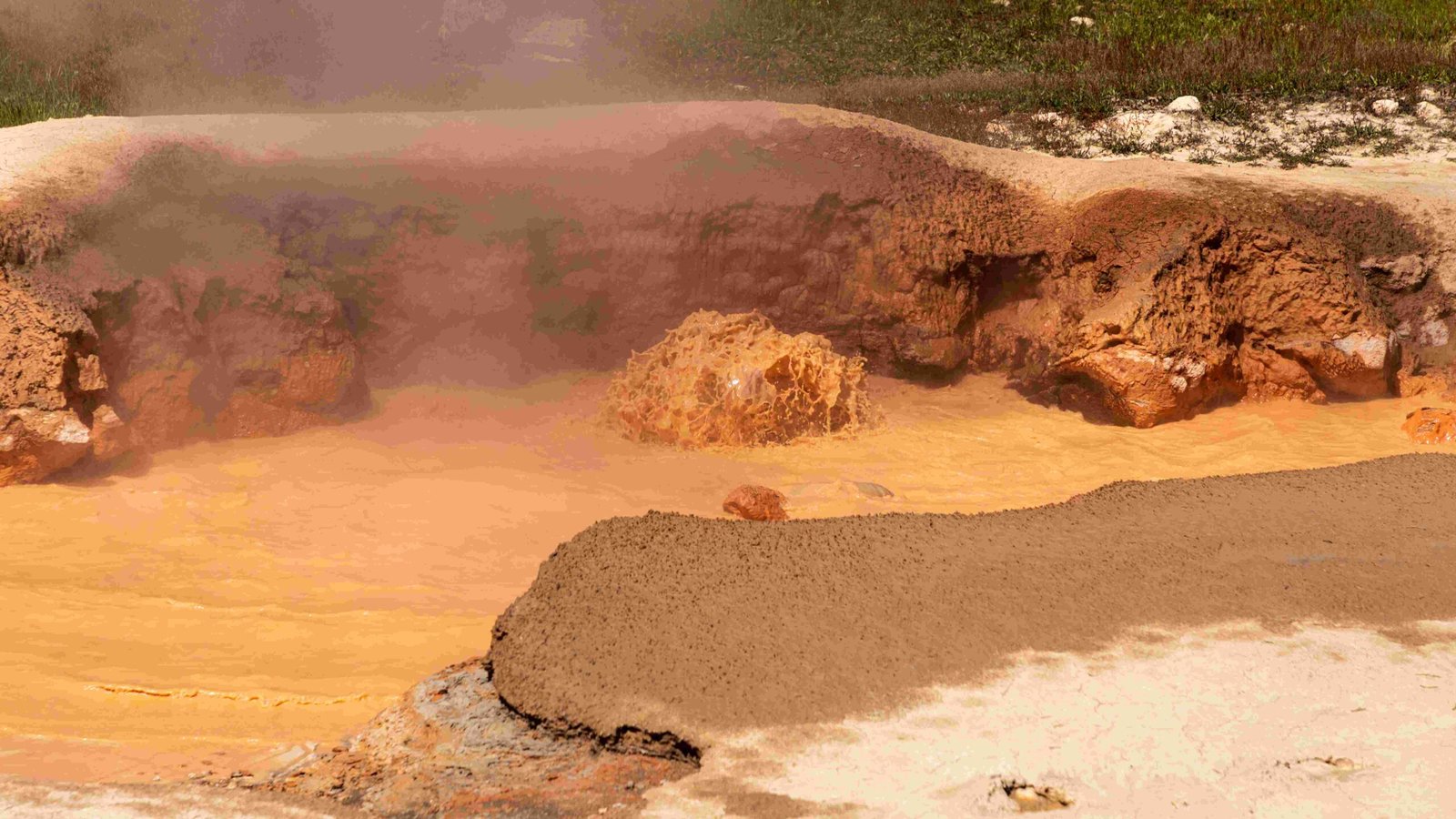The wolf reintroduction predation risk and cottonwood recovery in Yellowstone National Park is a remarkable ecological story. Wolves, reintroduced in 1995-1996, significantly impacted elk populations through predation and behavioral changes. This led to reduced browsing pressure on vegetation, allowing cottonwoods and other plants to recover. The ecosystem’s response demonstrates complex interdependencies between predators, prey, and plant communities, showcasing the power of trophic cascades in restoring ecological balance.
What Were the Specific Predation Risks and Elk Population Changes?

The reintroduction of wolves in Yellowstone National Park had profound effects on the elk population:
- Predation Risks:
- Wolves primarily target elk, especially in winter
- 57% of elk predated upon were old and weak adults, with a mean age of 14 years
-
Calves are also vulnerable to predation
-
Elk Population Changes:
- Pre-reintroduction: Nearly 20,000 elk in the early 1990s
- Post-reintroduction: Population halved to 8,000 by 2008
- Current status: Stabilized at around 8,000 individuals
This significant reduction in elk numbers and changes in their behavior set the stage for vegetation recovery, particularly for cottonwoods.
How Was Cottonwood Growth Response and Recovery Measured?

Researchers used several metrics to quantify the recovery of cottonwoods and other woody plants:
- Height:
- Pre-reintroduction: Average height of 50 cm (20 in)
-
Post-reintroduction: Significant increase in height
-
Density:
- Increased plant density in areas with wolf presence
-
More plants surviving due to reduced browsing pressure
-
Age Distribution:
- Shift towards more young plants
- Indicates a healthier and more diverse plant community
These measurements provide concrete evidence of the positive impact of wolf reintroduction on cottonwood recovery.
What Are the Ecosystem Dynamics and Interdependencies?
The Yellowstone ecosystem demonstrates complex relationships between wolves, elk, and vegetation:
| Component | Impact |
|---|---|
| Trophic Cascade | Wolf reintroduction → Reduced elk numbers → Less browsing → Plant recovery |
| Elk Behavior | Increased vigilance and altered habitat use → Further reduced impact on vegetation |
| Other Species | Vegetation recovery → Improved habitat for songbirds, beavers, and fish |
This intricate web of interactions highlights the far-reaching effects of wolf reintroduction on the entire ecosystem.
How Can Visitors Observe the Effects of Wolf Reintroduction?
For those interested in witnessing the impacts of wolf reintroduction on cottonwood recovery:
- Guided Tours:
- Offered by National Park Service and private operators
-
Focus on wolf viewing and ecological education
-
Accessibility Options:
- Wheelchair-accessible trails and viewing areas
-
Park shuttles and guided tours for different mobility needs
-
Costs and Requirements:
- Vary depending on tour type and duration
- Range from a few hundred to several thousand dollars
Visitors should check with the National Park Service or tour operators for specific details and booking information.
What Are the Long-term Implications of Wolf Reintroduction and Cottonwood Recovery?
The long-term effects of wolf reintroduction and subsequent cottonwood recovery extend beyond the immediate ecosystem:
- Biodiversity Enhancement:
- Increased plant diversity
-
Improved habitat for various animal species
-
Ecosystem Resilience:
- More balanced predator-prey relationships
-
Enhanced ability to withstand environmental changes
-
Scientific Understanding:
- Valuable insights into trophic cascades
-
Improved knowledge of ecosystem management
-
Tourism and Education:
- Increased opportunities for wildlife viewing
- Enhanced public understanding of ecological processes
These long-term implications underscore the importance of wolf reintroduction in restoring and maintaining ecological balance in Yellowstone National Park.
How Does the Yellowstone Experience Inform Other Conservation Efforts?
The success of wolf reintroduction and cottonwood recovery in Yellowstone provides valuable lessons for other conservation initiatives:
- Keystone Species Importance:
-
Demonstrates the crucial role of top predators in ecosystem health
-
Ecosystem-wide Approach:
-
Highlights the need for considering entire ecosystems rather than isolated species
-
Patience in Conservation:
-
Shows that ecological recovery can take time but yield significant results
-
Adaptive Management:
-
Illustrates the importance of monitoring and adjusting conservation strategies
-
Public Engagement:
- Emphasizes the value of educating the public about ecological processes and conservation efforts
These lessons can be applied to conservation projects worldwide, potentially improving their effectiveness and outcomes.
What Challenges Remain in Maintaining the Balance Achieved?
Despite the success of wolf reintroduction and cottonwood recovery, several challenges persist:
- Climate Change:
- Potential shifts in vegetation patterns and animal behaviors
-
Uncertainty in long-term ecosystem responses
-
Human-Wildlife Conflict:
- Balancing wolf conservation with livestock protection in surrounding areas
-
Managing public perceptions and concerns
-
Visitor Impact:
- Ensuring tourism doesn’t negatively affect recovered areas
-
Balancing access with conservation needs
-
Ongoing Monitoring:
- Continued need for long-term ecological studies
- Adapting management strategies based on new findings
Addressing these challenges will be crucial for the long-term success of the wolf reintroduction and cottonwood recovery in Yellowstone National Park.
References:
1. National Park Service: The Challenge of Understanding Northern Yellowstone Elk Dynamics After Wolf Reintroduction
2. Oregon State University: The Return of Wolves: Wolves, Elk, and Woody Plants of Yellowstone National Park
3. Defenders of Wildlife: We Were Wrong About Wolves, Here’s Why

